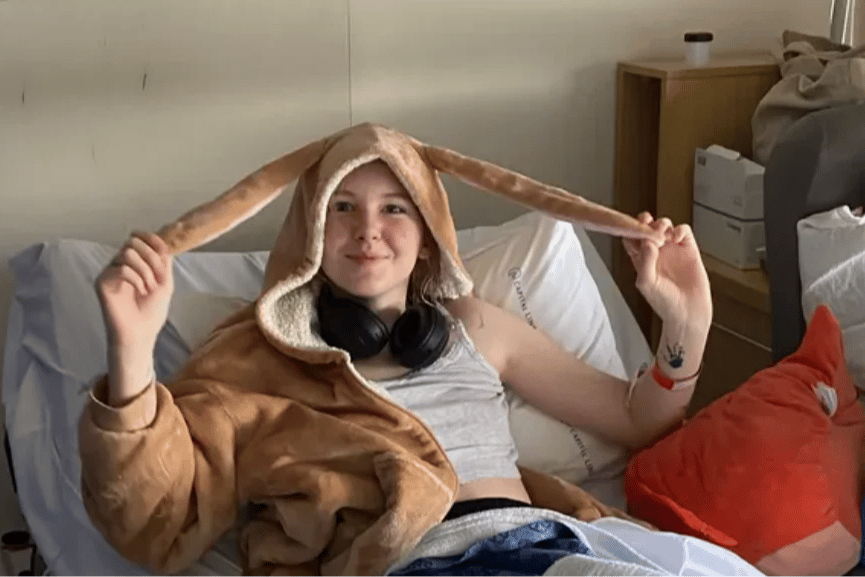
As a child, Chelsea Bagnall was often unwell, experiencing recurring urinary infections, stomach aches, eczema, vomiting, and bowel issues.
At birth, she was below average weight, and throughout her childhood and adolescence, remained consistently underweight.
"The doctor always reassured my mum that, because my mother was slender, I was naturally small as well," 19-year-old Chelsea tells Mamamia.
By the time she was in Year 6 though, Chelsea's mum, Emma, became concerned. She started giving her daughter supplement drinks to help her gain weight. By Year 8, Chelsea was showing signs of endometriosis, so Emma took Chelsea to the doctor.
Watch: Multiple Chronic Conditions: A Day in the Life. Article continues after the video.
"When she voiced her concerns, they were dismissed—until Year 9, when my symptoms worsened to the point that I was frequently fainting and missing school," shares Chelsea.
"At that time, my mum also noticed that I still wasn't developing like my sister and friends. Trusting her intuition, she took me to a dietitian, who met with me regularly for a year. Despite this, I didn't gain any weight and remained the same."




























































































